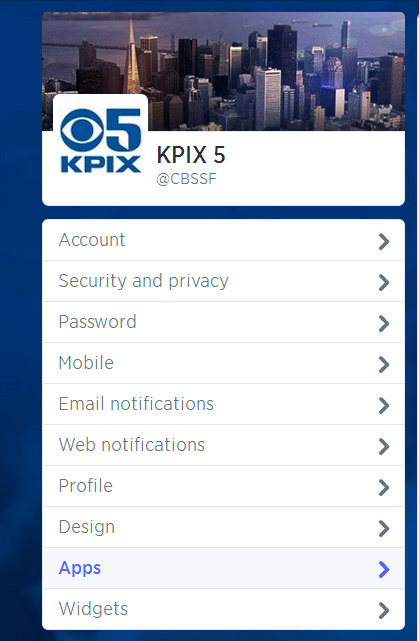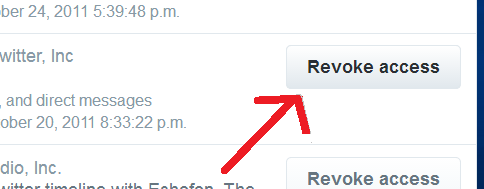Is TweetDeck Safe? How To Make Sure Your Twitter Account Isn't Compromised
SAN FRANCISCO (CBS SF) -- Is TweetDeck still safe after a security vulnerability Wednesday allowed random javascript code to be tweeted out on accounts from journalists, celebrities, and even a top White House communications aide? There are three critical steps you can take to make sure your Twitter account is as secure as possible, including changing your password, and more importantly, revoking access to apps that use Twitter.
HOW TO CHANGE YOUR TWITTER PASSWORD: Click the Settings icon (the cog-shaped icon on the top right), click "Settings," then "Password" on the left-side menu.
Remember to choose a password that uses numbers and letters. "Leet" is an alphabet that uses numbers like 8 for B, and @ for "a" that you can use to create a stronger password.
1. CHANGING YOUR PASSWORD DOESN'T PREVENT ACCESS TO YOUR ACCOUNT.
First, remember how so many apps and programs link to your Twitter? Changing your password is great, but you, and conceivably hackers, can still tweet from your account, even with a new password because Tweetdeck and other programs are still connected. Change your password, and as long as you haven't signed out from other devices and programs, you can still tweet away as if nothing is different.
2. REVOKE ACCESS
To prevent access even with a password change, you need to "Revoke Access" to your Twitter feed. It's easy.
These are instructions for computer users. It may be different if you're on tablet or mobile.
- Go to Twitter.com, log into your account if you're not already signed in.
- Click the "cog" icon at the top right.

- Click "Settings," then look for "Apps" on the menu on the LEFT side. Click Apps.

- Now, you'll see ALL the 3rd parties that you've let have your Twitter credentials. It might be a website that you shared something from. It might be Instagram, or TweetDeck.
- Click "Revoke Access" from anything and everything you feel could be at risk. Definitely do it for TweetDeck.
- Then, when you next use that app to connect to Twitter, it should force you to re-enter your NEW Twitter password.
3. USE TWO-STEP VERIFICATION
With this exact concern plaguing so much of the Internet, the latest solution is supposedly fool-proof: Two Step Verification. It's a bit more of a pain, but nothing nearly as bad as spamming your friends, losing your Facebook account, or having a hacker drain your bank account.
Look for "Two Step Verification" on everything from Facebook to Twitter to all Google programs and more.
The idea is simple. You need to
a) know your password, and
b) have something like your phone with you.
The website, like maybe Google Drive, will send a verification code to your phone (or some use a "authenticator app" that generates a six digit code) and you enter BOTH your password, AND the authentication code.Then, only a hacker who has both your password AND your phone can get into your accounts.
TWO-STEP VERIFICATION FOR TWITTER:
For Twitter, go again to that "Settings" (the cog) menu, and click Settings, then when the new page comes up, select this time "Security and Privacy" from the left side menu. Look for "Log In Verification." Click "Send Login Verification Requests To..." and you're good to go.
(If you haven't already associated a phone with Twitter, you'll need to do that under the Passwords menu. Look for "Associate your mobile phone...". They put it there because your phone can be used to reset your password, but it's a bit counter-intuitive.)
Follow these three steps, and you'll be far more secure than you were before, but never perfectly safe. To be perfectly safe, you'll have to turn your phone off, and unplug your computer.
STILL CONCERNED WITH TWEETDECK?: 3 Alternatives To TweetDeck




